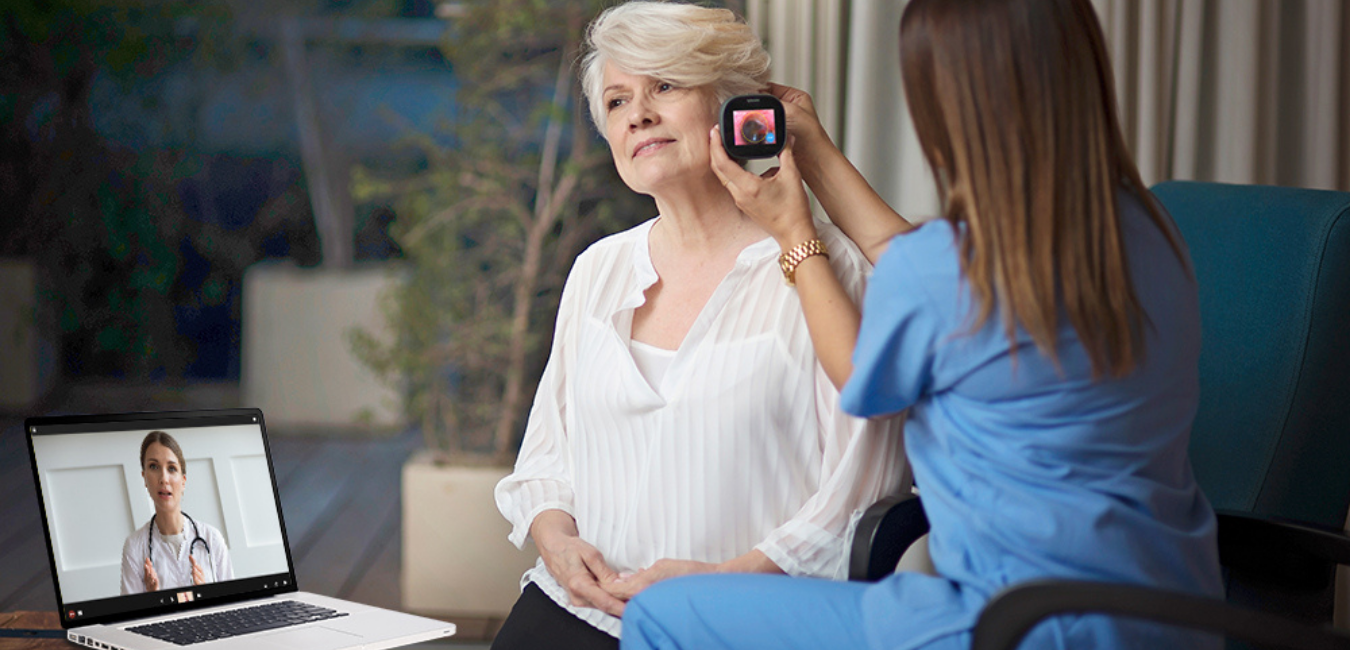 With a global economic downturn caused by the COVID-19 health crisis, enterprise IT spending is expected to decrease by up to 8% this year. However, two segments bucking the trend are remote work solutions and public cloud services — with cloud services projected to grow up to 19%.”
With a global economic downturn caused by the COVID-19 health crisis, enterprise IT spending is expected to decrease by up to 8% this year. However, two segments bucking the trend are remote work solutions and public cloud services — with cloud services projected to grow up to 19%.”
A significant portion of this increase comes from video conferencing, which now rivals email as the most popular means of business communication. With video communication playing an increasingly important role in the workplace, decision-makers must choose a cost-effective hosting method that is secure and can scale with business needs.
To that end, this article will detail different options for video cloud hosting and the pros and cons of each.
To learn about on-premises hosting, see this article.
The Basics of Cloud Hosting
In this age of data and digitization, many more organizations are opting for cloud hosting. As per Hosting Tribunal, 83% of enterprise workloads were deployed over the cloud last year. When using cloud services, an organization uses the servers and computing resources of a third-party provider. The largest players in cloud hosting are Microsoft Azure, Amazon Web Services, Google Cloud Platform, and IBM.
Cloud hosting is highly appealing because all costs associated with building and maintaining a data center are transferred to the third-party provider. Additionally, the provider manages data security, data backup, software upgrades and patches, and more.
The most popular cloud deployment method is the public cloud, followed by a private cloud.
Public cloud
Using the public cloud option is like living in an apartment complex. Everyone lives in the same building and connects to the same water, gas, and electric utilities. But each tenant has their own private living space.
Likewise, public clouds, also known as multi-tenant clouds, have multiple clients that share computing resources like domain servers and supporting infrastructure. Although infrastructure is shared, there is no co-mingling of applications or data. Because resources are pooled, tenants benefit from greater computing power and bandwidth at a lower price point.
Private cloud
A private cloud is like renting a house. You still have to follow certain rules of the owner, but everything is set up for you and you’ve got a lot of leeway to make it your own.
In a private cloud scenario, each organization has dedicated computing resources for its own use only. This comes with the benefit of maximum security and control over the cloud environment. Private cloud owners can schedule maintenance, upgrades, and backups at their convenience.
Hybrid model
A hybrid hosting model is similar to the way most of us live. You have a home or an apartment where you spend most of your time, but you also go to certain places for specific activities, like the gym for exercise.
In a hybrid model, the user can combine on-premises solutions with the public or private cloud. This enables organizations to achieve maximum control and security by running their most sensitive operations via on-premises hardware or on a private cloud, and still deploy general operations over the public cloud to reap the benefits of greater computing power at a lower cost.
What’s Right for My Organization?
When it comes to cloud hosting models, there is no one-size-fits-all. Thanks to the scalability and anytime-anywhere aspect of cloud hosting, most organizations could benefit from video solutions deployed via public or private cloud. At the same time, highly sensitive internal communications may be best hosted via on-premises infrastructure.
Vidyo recognizes that each organization has unique business needs, and therefore unique video hosting needs. That’s why we’ve designed the VidyoPlatform around customizability.
Our customers can deploy our enterprise-grade video collaboration solutions on-premises, via private cloud, (public) multi-tenant cloud, or with a hybrid model. No matter the deployment method, users can expect the same quality and security including:
- 4K UltraHD resolution for multiparty video and content sharing
- Support for Windows, Mac, iOS, Android, and more
- Encrypted communications to protect privacy and comply with rigorous security standards
- Cloud-bursting functionality to allow for a surge in usage capacity as needed
- Solution deployment, support, and management by Vidyo
If you are ready to explore the best way to house your video communications solution, learn more about Vidyo’s best-in-class hosting options here.
